Does The Speed Camera Always Flash?
Speed cameras are a common sight on roads around the world, designed to enforce speed limits and improve road safety. However, there is often confusion about whether these cameras always flash when they capture an image of a speeding vehicle. In this article, we will delve into the mechanics of speed cameras, the different types available, and the circumstances under which they flash. By the end, you should have a clear understanding of how speed cameras operate and what to expect if you encounter one.
Understanding Speed Cameras
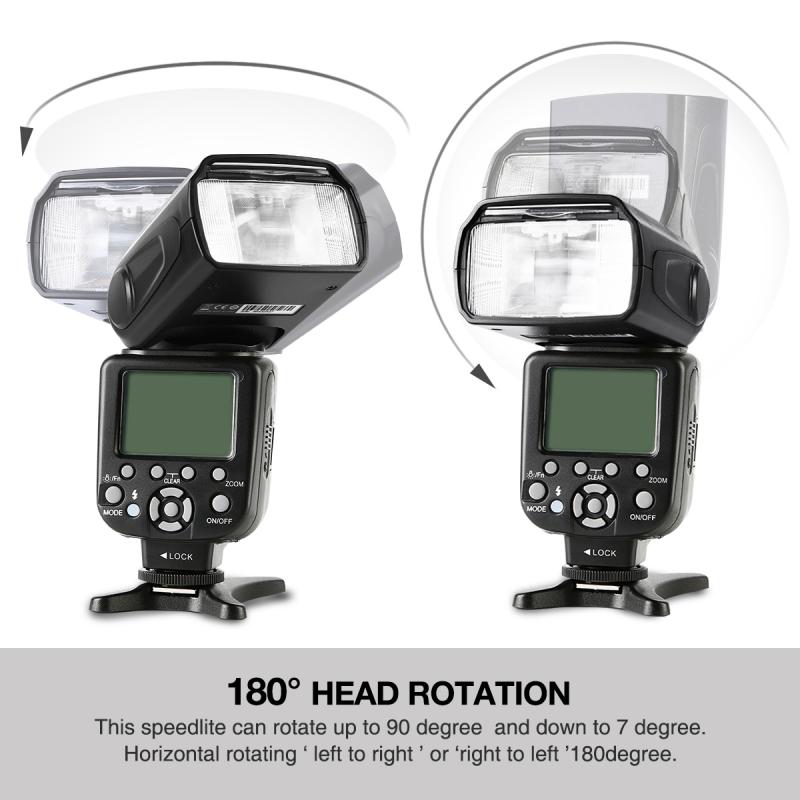
Speed cameras are devices used by law enforcement to monitor and record the speed of vehicles. They are strategically placed in areas where speeding is a common issue or where accidents frequently occur. The primary goal of these cameras is to deter drivers from exceeding speed limits, thereby reducing the likelihood of accidents and enhancing road safety.
Types of Speed Cameras
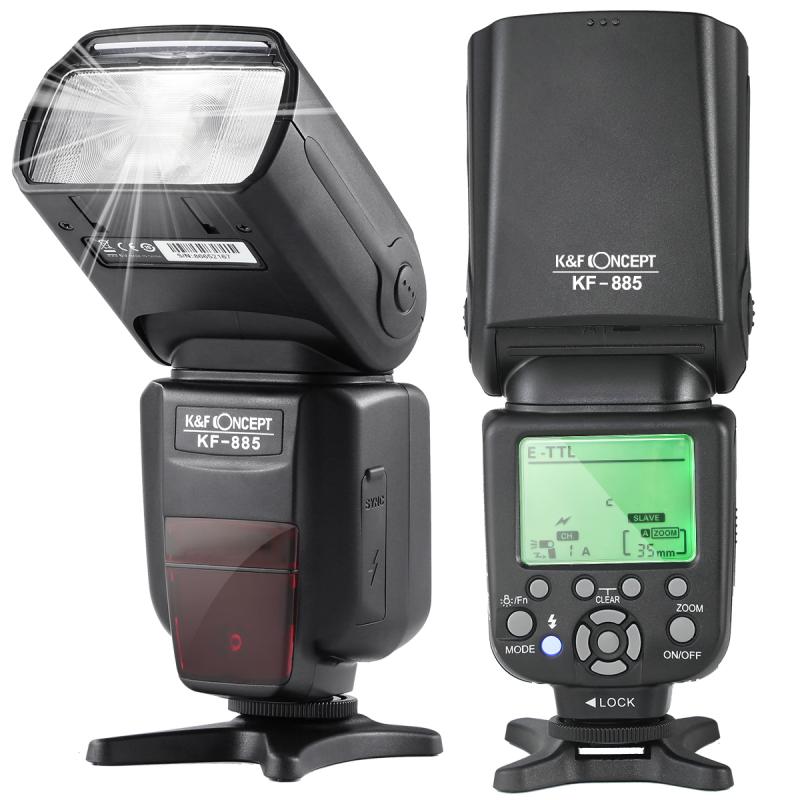
There are several types of speed cameras, each with its own method of operation and detection. The most common types include:
1. Fixed Speed Cameras: These are permanently installed at specific locations, such as busy intersections or accident-prone areas. They use radar or laser technology to measure the speed of passing vehicles.
2. Mobile Speed Cameras: These are portable units that can be moved to different locations as needed. They are often used in areas where speeding is a temporary concern, such as near construction zones or during special events.
3. Average Speed Cameras: These cameras are set up in pairs along a stretch of road. They measure the average speed of a vehicle between the two points, rather than its speed at a single location.
4. Red Light Cameras: While primarily used to catch drivers running red lights, these cameras often have the capability to measure speed as well.
Do Speed Cameras Always Flash?
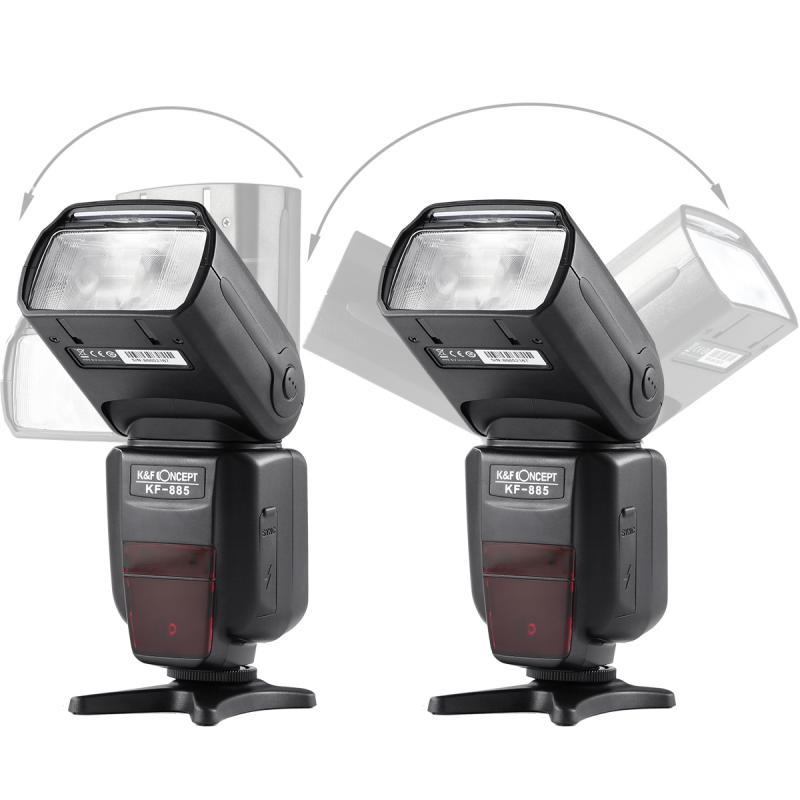
One of the most common questions drivers have is whether speed cameras always flash when they capture an image of a speeding vehicle. The answer is not straightforward, as it depends on the type of camera and the conditions under which it is operating.
Fixed Speed Cameras
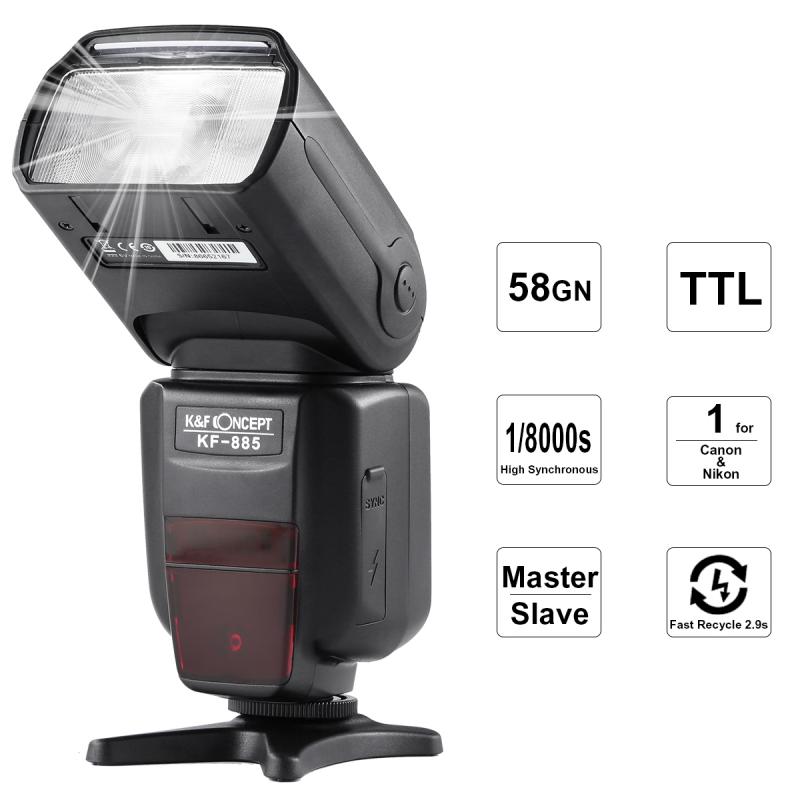
Fixed speed cameras often use a flash to capture clear images of speeding vehicles, especially in low-light conditions. The flash ensures that the license plate and other identifying features of the vehicle are clearly visible in the photograph. However, not all fixed speed cameras flash. Some use infrared technology, which does not require a visible flash to capture high-quality images.
Mobile Speed Cameras
Mobile speed cameras may or may not use a flash, depending on the specific model and the conditions. Some mobile units are equipped with infrared technology, allowing them to capture images without a visible flash. Others may use a flash, particularly in low-light situations, to ensure the image is clear and usable for enforcement purposes.
Average Speed Cameras
Average speed cameras typically do not use a flash. These cameras work by capturing images of vehicles at two or more points along a stretch of road and calculating the average speed based on the time it takes to travel between the points. Since they are not capturing images of vehicles at a single point in time, a flash is generally not necessary.
Red Light Cameras
Red light cameras often use a flash to capture images of vehicles running red lights or speeding through intersections. The flash helps to ensure that the license plate and other identifying features are clearly visible in the photograph. However, like other types of speed cameras, some red light cameras use infrared technology and do not require a visible flash.
Factors Influencing the Use of Flash
Several factors can influence whether a speed camera uses a flash when capturing an image of a speeding vehicle. These factors include:
1. Lighting Conditions: In low-light conditions, such as at night or during inclement weather, a flash may be necessary to capture a clear image. In well-lit conditions, a flash may not be needed.
2. Camera Technology: The type of technology used by the camera can also determine whether a flash is used. Cameras equipped with infrared technology can capture clear images without a visible flash, while those without this technology may rely on a flash to ensure image quality.
3. Location and Purpose: The location and purpose of the camera can also play a role. For example, cameras placed in high-traffic areas or near schools may be more likely to use a flash to ensure clear images, while those in less critical locations may not.
Practical Implications for Drivers
Understanding whether speed cameras always flash can have practical implications for drivers. Here are a few key takeaways:
1. Do Not Rely on the Flash: Drivers should not rely on the presence or absence of a flash to determine whether they have been caught speeding. Many speed cameras, especially those using infrared technology, can capture clear images without a visible flash.
2. Adhere to Speed Limits: The best way to avoid being caught by a speed camera is to adhere to posted speed limits. Speed limits are in place for a reason, and following them can help ensure your safety and the safety of others on the road.
3. Be Aware of Camera Locations: Familiarize yourself with the locations of speed cameras in your area. Many jurisdictions provide maps or lists of camera locations, which can help you be more mindful of your speed in these areas.
4. Consider the Conditions: Be aware that speed cameras may be more likely to use a flash in low-light conditions. If you are driving at night or in poor weather, be extra cautious about your speed.
Speed cameras play a crucial role in enforcing speed limits and improving road safety. While not all speed cameras use a flash, many do, especially in low-light conditions or when using older technology. By understanding the different types of speed cameras and the factors that influence their use of a flash, drivers can be better prepared and more mindful of their speed. Ultimately, the best way to avoid being caught by a speed camera is to adhere to posted speed limits and drive safely at all times.


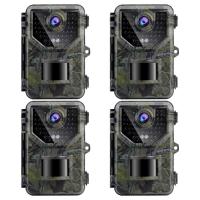
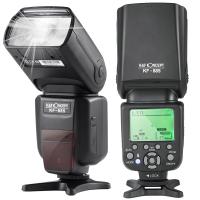

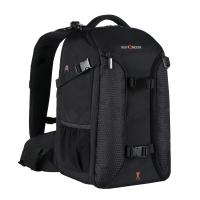
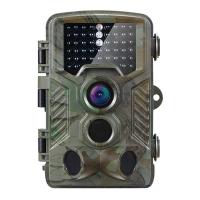
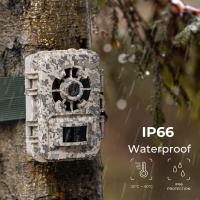


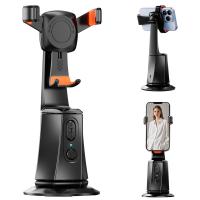
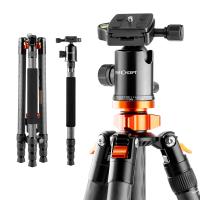


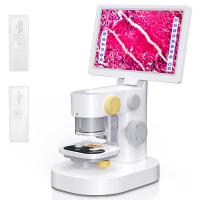
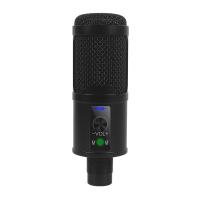


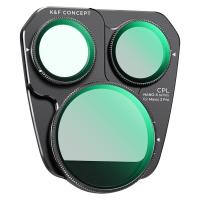
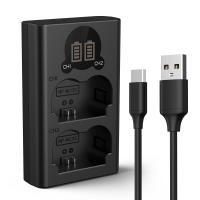
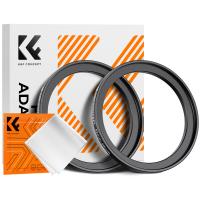
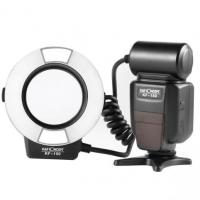

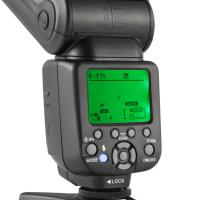



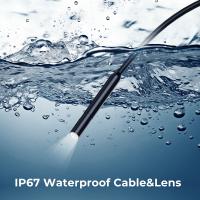
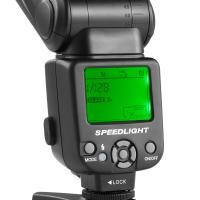
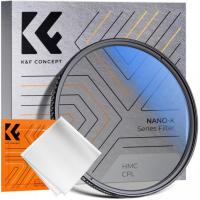


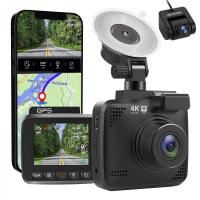


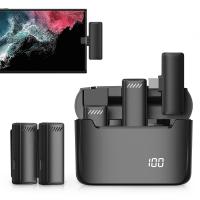

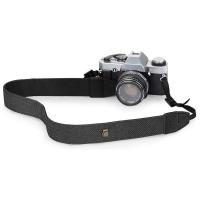

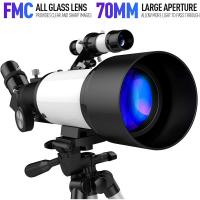
There are no comments for this blog.